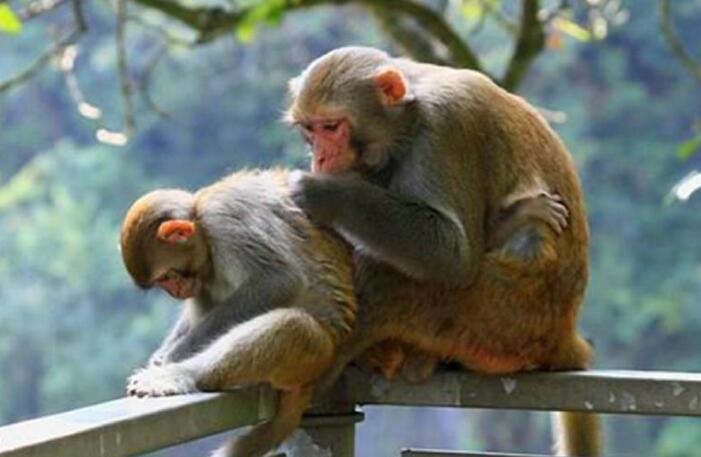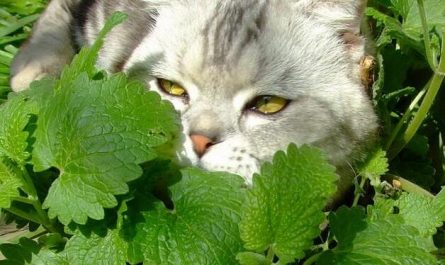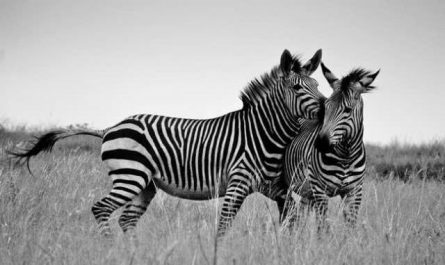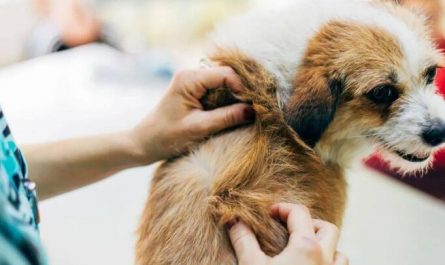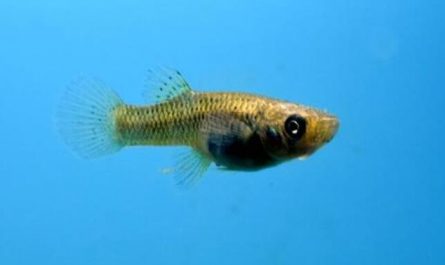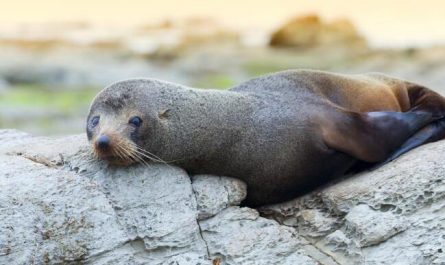The reason why monkeys grab each other’s fur
Grooming enhances feelings
Researchers have discovered that when rhesus monkeys or gorillas fiddle with their partners’ hair, they are not only helping their partners remove dirt or parasites from places they can’t reach, but they are also engaging in deeper social exchanges. In other words, this “mutual grooming” behavior has a deeper sociological significance. It can be said that in the gorilla group, “grooming” is the “currency” of “serving the market” in life, and they circulate in social interaction-this behavior can be used to show social hierarchy or promote each other The feelings between and ease internal conflicts. For example, orangutans are more willing to share food with companions who have groomed them.
Grooming is comparable to human language
Researchers have also seen a more interesting scene: two chimpanzees are in a stalemate in a fight, they are glaring at each other, but no one is willing to shoot first. Just when the two were in a stalemate, a female orangutan appeared. It takes care of the hair of one orangutan first, and then takes care of the other one, and so on. As a result, the last two males unexpectedly “reconciled” and both relaxed. This is a bit similar to the “persuasion” behavior in human behavior, but because they have no language, the behavior of “handling hair” takes on this important task. If this behavior is comparable to human language, it is easy to see its importance.
However, why can the action of grooming the hair relieve the nervous nerves of animals? Because the behavior of grooming stimulates the brain, the brain produces a chemical substance-endorphins that can reduce heart rate and relieve tension. Moreover, not only does the orangutan that “enjoy” the service produce this substance in the brain, but the orangutan that implements the service can also produce endorphins. Like the female orangutan who boldly goes to “peacekeeping”, it can also produce it by itself. I feel more relaxed than before.
Life habits of monkeys
Habitat
The vast majority of primates live in different forms of arboreal or semi-arboreal, only ring-tailed lemurs, baboons, and old monkeys live in terrestrial or rocky areas. Usually small family groups, but also large groups. Most can walk upright, but not for long. Most of them are active during the day, and those active at night include finger monkeys, some big lemurs, and night monkeys. The large Japanese lemurs and Japanese lemurs sleep for several days to several weeks during the dry and hot season.
food
Monkeys are mostly omnivorous, predominantly plant-based, and do not give up the meat that is readily available. Food choices and feeding methods are different. For example, monkeys are good at picking insects in tree holes or rock crevices. Orangutans eat a lot of food and spend most of their active time for food. The colobus family has a special stomach structure, and most species eat plant foods with a lot of crude fiber.
Growth and reproduction
Monkeys conceive one child every six months, with 1-3 babies per child. The larvae grow slowly. During lactation, crawl on the mother’s chest, abdomen or ride on the mother’s back, and be carried by the mother. Sexually mature females have menstruation, and males can mate at any time. Only lower monkeys, such as lemurs, slow loris, and finger monkeys, have a certain mating and breeding season.
The life span of a monkey is generally about 20 years. On July 10, 1988, a male white capuchin monkey named Bobo died. It is currently the oldest known monkey in the world, at the age of 53 years.
Hierarchy
In the monkey kingdom, there is a unique and strict hierarchical system, which is divided into the monkey king, the two monkey kings (small colony leaders) and ordinary people. Zoological experts told reporters that the monkey king has the supreme power in the monkey group and is mainly responsible for protecting the safety of the monkey group; the two monkey kings are equivalent to the prime minister and manage everything in the monkey group. In the monkey group world, being the monkey king has many benefits. Not only can you eat delicious and playful things first, you can also choose a “wife” in the monkey group. Except for the Monkey King, no other male monkeys are allowed to “talk about love”.
Because of this, the Monkey King is always facing the challenge of its young and powerful “subjects”. Once the Monkey King is defeated, he will end up miserably. Either he will be killed in the battle, and those who are lucky enough to survive can only survive in the monkey group. Play the most inferior role. The victor will naturally be promoted to a new generation of Monkey King.
Introduction to monkeys
Monkey is the common name for primates. Primates are the highest group in the animal kingdom, and they eat fruit. Monkeys generally have well-developed brains, with their orbits facing forward, the orbital spacing is narrow, the toes (fingers) of the hands and feet are separated, the thumb is flexible, and most of them can hold the other toes (fingers). Including the original monkey suborder and the simian suborder.
Some of the characteristics of monkey species are similar. For example, many New World monkeys have curled tails so that they can be used to hold branches when climbing trees. On the contrary, Old World monkeys do not have curled tails, but have smaller tails. The nostrils and the distance between the nostrils are also relatively close, part of the back has a crusty skin, like an embedded seat cushion; some also have three-color vision like humans; others have two-color vision or monochromatic vision. Although the old and new world monkeys, like apes, have forward eyes, the faces of the two are different; and each type of monkey has certain characteristics, such as the type of nose, jaws and buttocks. Therefore, if you want to understand monkeys, you must learn their different characteristics.
Monkey is a common name, and many animals in the primates are called monkeys. It is an order of Mammalia. It belongs to the highest group in the animal kingdom. It has a well-developed brain, including the protomonas suborder and the apes suborder. The face of the protomonkey is like a fox; there is no cheek pouch and buttocks calluses; the forelimbs are shorter than the hind limbs; the thumb and big toe are well developed and can be opposed to other fingers (toes); the tail can be curled or absent. The face of apes is similar to human; most have cheek pouches and buttocks calluses; forelimbs are mostly longer than hind limbs; some of the big toes are degenerated; the tail is long, some can be curled, and some have no tail. According to regional distribution or nostril structure, the simian suborder is divided into the platy-nosed monkey group, also known as the New World monkeys; the narrow-nosed monkey group, also known as the Old World monkeys.
This order includes 11 families, 51 genera, and 180 species, which are mainly distributed in warm regions of Asia, Africa and America, mostly in forest areas. The largest of the primates is the gorilla, which weighs up to 275 kg, and the smallest is the Japanese monkey, which weighs only 70 grams. The characteristics of the skull of the tree family are quite similar to some very primitive proto-monkeys. Many anatomists and paleontologists have included it in primates, but its external shape and ecological habits are very similar to those of primates. Difference, therefore, modern taxonomists have separated it into a tree.
